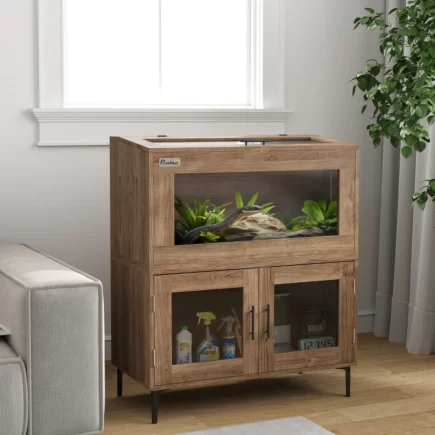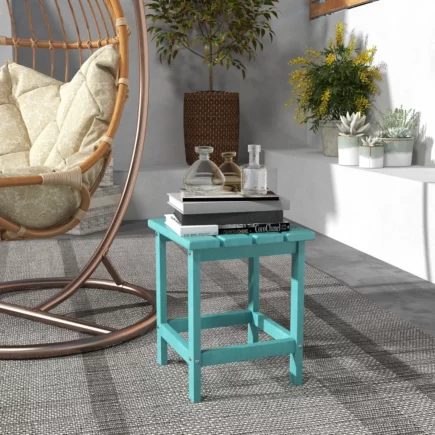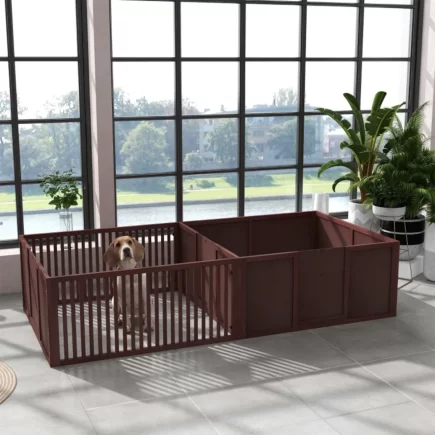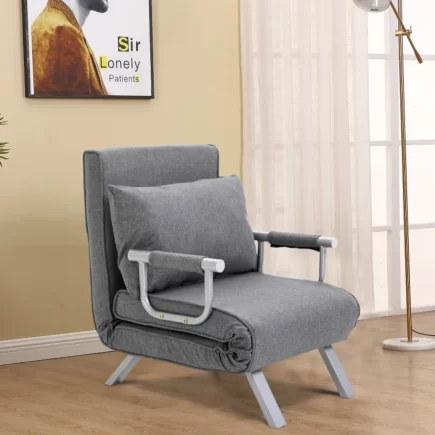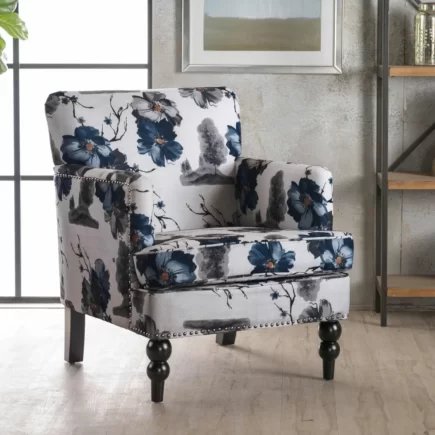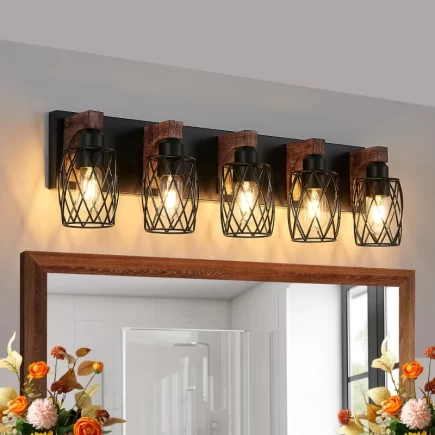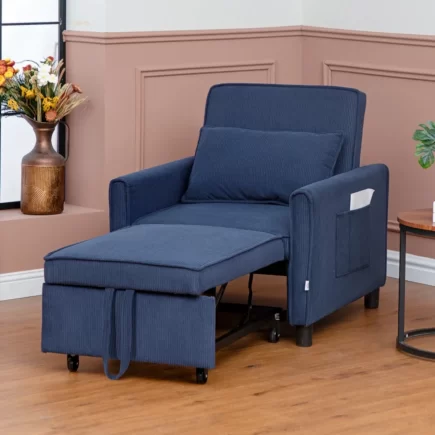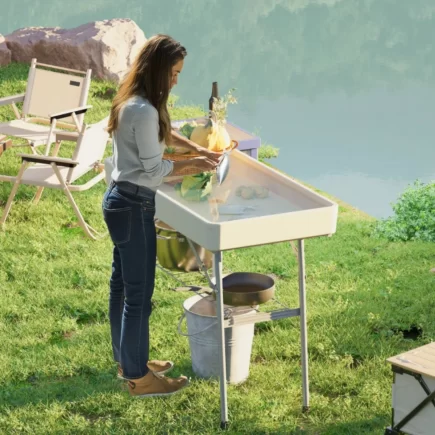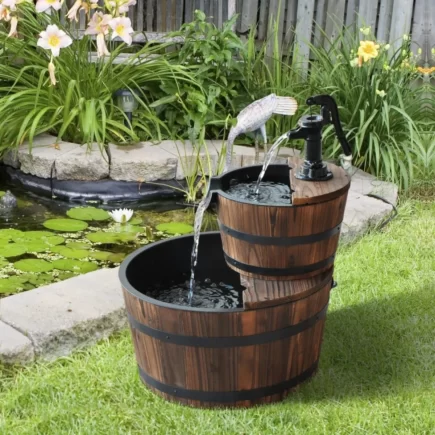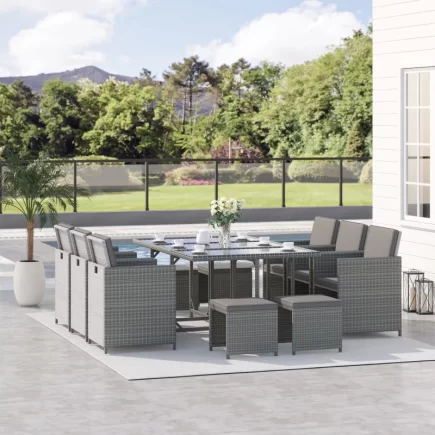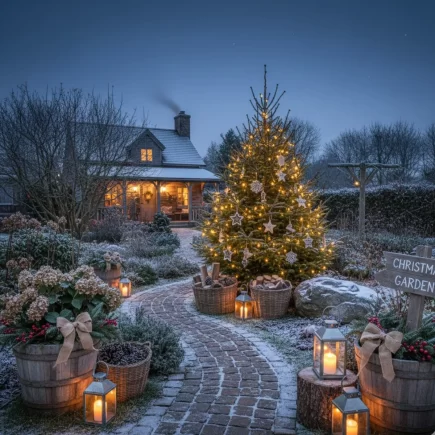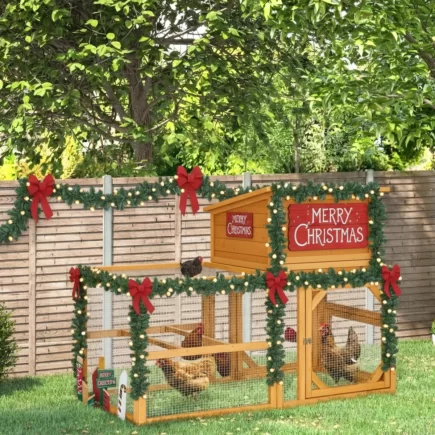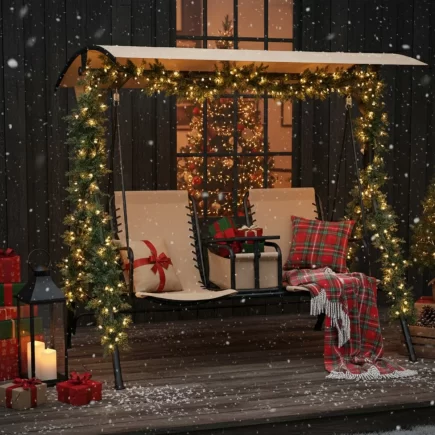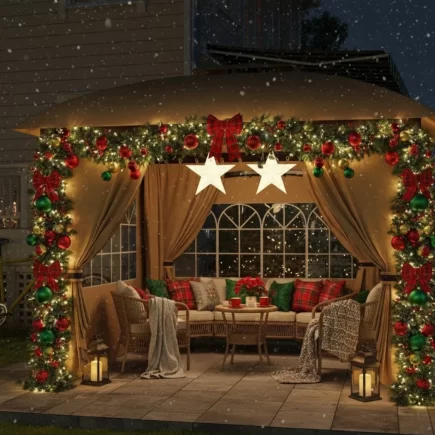Adding a pergola to your house can transform your outdoor living space, creating a seamless flow between the indoors and outdoors. Not only does it enhance your home’s aesthetic appeal, but it also provides functional benefits, such as providing shade and shelter for outdoor activities. If you’re considering attaching a pergola to your house, this step-by-step guide will walk you through the process, ensuring you make an informed decision and create a beautiful, lasting addition to your home.

Step-by-Step Guide to Attaching a Pergola to Your House
To help you through the installation process, we’ve broken down the task into manageable steps.
Tools and Materials Required
Before you begin, gather the following materials and tools:
- Pergola Kit or Lumber (wood, aluminum, etc.)
- Lag Bolts or screws
- Post Brackets (for support)
- Concrete (if posts are freestanding)
- Drill, Level, Measuring Tape, Saw (for cuts)
- Ladder, Safety Gear (gloves, goggles, ear protection)
Step 1: Planning Your Pergola’s Location

The first step in attaching your pergola is choosing the right location. You’ll want to:
- Ensure the area is level and accessible.
- Decide on the size that fits your space and complements your home’s architecture.
- Consider the sun’s path and how much shade or sunlight you desire.
Step 2: Measuring and Marking the Structure

Use a measuring tape to mark the area where the pergola will be attached to the house. Mark two perpendicular lines on the house where the ledger board will go. This will help ensure the pergola is aligned properly.
Tip: Double-check measurements to avoid any misalignments.
Step 3: Preparing the House for Attachment (Ledger Board Installation)
The ledger board is the structure that attaches the pergola to your house. It must be installed securely to avoid damaging the wall.
- Mark the location of the ledger board and drill holes into the house.
- Attach the ledger board using lag screws or bolts, ensuring it is level and securely fastened to the house’s framing.
Tip: For a modern, sturdy pergola option, consider the Outsunny 10' x 13' Aluminum Patio Pergola with a retractable canopy. Its aluminum frame ensures stability and weather resistance, perfect for securing to your home without the risk of rust or rot.

Step 4: Installing Post Brackets and Supports
If your pergola has posts, secure the post brackets into the ground or concrete slab. For a firmer foundation, consider using expansion anchors or concrete footings.
Tip: Ensure the posts are perfectly vertical with a level before securing them in place.
Step 5: Attaching Beams and Rafters
Once your ledger board and posts are in place, it’s time to install the beams and rafters. Secure the beams to the ledger board using strong screws or bolts, and ensure each rafter is evenly spaced and tightly fastened.
Product Highlight: For larger outdoor areas, the Outsunny 12′ x 19′ Aluminum Pergola with adjustable louvered roof and curtains might be the right choice. This pergola offers a sleek and customizable design that suits various spaces while providing effective shade control. It’s an excellent choice if you want to add sophistication and utility to your outdoor living space.

Step 6: Final Adjustments and Inspections
Finally, inspect all attachments to ensure stability and alignment. Adjust any elements that need tweaking, such as beam spacing or post height, before securing everything firmly in place.
Safety and Structural Integrity
To ensure your pergola is safe and durable, follow these key considerations:
Checking Load-Bearing Capacity
Your pergola must be able to withstand external forces, such as wind and heavy rain. Ensure the structure is properly anchored and all beams and rafters are securely attached to both the house and posts. When installing a pergola, always consider the weight of the materials and the environmental factors.
Securing the Pergola to Prevent Damage
Properly fastened posts, beams, and rafters are critical for the structural integrity of your pergola. To secure the structure effectively, use lag bolts, screws, or other heavy-duty fasteners designed for outdoor use. These materials will ensure that your pergola is firmly attached to the house and the ground, reducing the risk of the structure shifting or even collapsing during strong winds or storms. Additionally, always check that the connections are tight and secure during installation and periodically inspect them for wear over time.
Using Proper Weatherproofing
Weatherproofing is essential for prolonging the lifespan of your pergola and protecting it from the elements. Depending on the material used for your pergola, apply a suitable weatherproofing treatment to prevent issues like rot, rust, or fading. For wooden pergolas, using a high-quality exterior wood sealant will help keep moisture out and protect against UV damage. For metal structures, a rust-resistant coating or paint will help ensure your pergola stands up to exposure to rain, snow, and wind without losing its appeal.

Professional vs. DIY Installation
When it comes to attaching a pergola to your house, one of the key decisions you’ll face is whether to install it yourself or hire a professional. Here are the pros and cons of each option:
DIY Installation:
Pros:
- Cost-Effective: You can save on labor costs by doing the work yourself.
- Personal Satisfaction: Building the pergola yourself allows for a sense of accomplishment and control over the project.
- Flexibility: You can make adjustments to the design or installation process as needed.
Cons:
- Time-Consuming: Pergola installation can take several days, especially if you’re unfamiliar with construction projects.
- Skill Level Required: Installing a pergola involves heavy lifting, precise measurements, and the use of power tools. If you’re inexperienced, the project could become challenging.
- Potential for Mistakes: If not done correctly, an improperly installed pergola can lead to structural issues or safety hazards.
Professional Installation:
Pros:
- Expertise: A professional can ensure your pergola is installed correctly and safely, reducing the risk of errors.
- Time-Saving: Installation is typically quicker when done by professionals, allowing you to enjoy your pergola sooner.
- Warranty: Many professionals offer warranties on their work, giving you peace of mind that any issues will be addressed.
Cons:
- Higher Cost: Hiring a professional can add to the overall cost of the pergola, as you’ll be paying for labor.
- Less Personalization: While a professional will bring expertise, you may have less flexibility in terms of customization during the installation process.
Cost Comparison Table:
| Option | Cost (Materials Only) | Labor Cost | Total Cost | Pros | Cons |
| DIY Installation | $1,000 – $5,000 | None | $1,000 – $5,000 | Low cost, sense of accomplishment, full control | Time-consuming, potential for mistakes |
| Professional | $1,000 – $5,000 | $500 – $3,000 | $1,500 – $8,000 | Quick, expert installation, peace of mind | Higher cost, less flexibility in design adjustments |
For those on a budget or who are confident in their DIY skills, installing the pergola yourself is a viable option. However, if you want to ensure a high-quality, flawless finish, hiring a professional is a worthwhile investment.
Aesthetic Design and Customization Options
One of the joys of adding a pergola to your house is the ability to customize it to fit your personal style and the overall design of your home. Here are some ideas to integrate your pergola with your home’s aesthetic:
- Lighting: Add string lights, lanterns, or recessed lighting to create a cozy and inviting ambiance. Solar-powered lights are an eco-friendly option, and they add a warm glow to evening gatherings.

- Privacy Screens: For more secluded outdoor spaces, consider adding privacy screens or drapes to your pergola. This can help block out unwanted views and make your outdoor living area feel more intimate.
- Climbing Plants: Vines and climbing plants such as ivy, wisteria, or grapevines can add a lush, green touch to your pergola. Consider adding trellis panels or using the pergola’s beams to support these plants as they grow. The slatted design of most pergolas is perfect for creating a natural, shaded canopy that will enhance both the look and feel of your outdoor space. Over time, these plants will offer additional shade, privacy, and beauty, transforming your pergola into a green oasis.
- Retractable Roofs or Canopies: For more control over sunlight, consider installing a retractable canopy or roof. Some pergolas come with adjustable canopies that allow you to choose the amount of sun or shade you want at different times of the day. This feature is particularly beneficial for creating a comfortable space for dining or lounging, as it provides relief from the sun when needed.
- Decorative Features: Incorporate artistic elements into your pergola design, such as hanging planters, wind chimes, or colorful cushions and throws. These additions can provide personality and charm, turning your pergola into a statement piece that complements your garden, patio, or backyard.
- Curtains or Drapes: For added shade, comfort, or privacy, you can install outdoor curtains or drapes on your pergola. These can be drawn back when you want an open view and pulled closed to create a more intimate, sheltered space. Many pergolas come with built-in curtain tracks or hooks for easy installation.

Durability and Maintenance Considerations
When selecting materials and features for your pergola, it’s important to consider how well the structure will hold up over time. A pergola that requires frequent maintenance or repairs can become a hassle and detract from the enjoyment of your outdoor space. Here are some key points to ensure your pergola lasts:
- Weather Resistance: Choose materials that can withstand the elements, including heavy rain, wind, and sun. Aluminum and composite materials are particularly resistant to rust, corrosion, and rot, making them low-maintenance options for outdoor use. Wooden pergolas, while beautiful, require regular treatment with sealants or stains to protect them from moisture and pests.
Recommended Product: The Outsunny 10′ x 10′ Outdoor Pergola Canopy features a powder-coated metal frame that resists rust and corrosion, ensuring durability. The canopy’s polyester fabric provides UV protection and drainage, preventing water buildup that could damage the pergola over time.

- Preventing Rot, Rust, and Wear: Regular maintenance is essential for keeping your pergola in top condition. For wooden pergolas, make sure to inspect them annually for signs of rot, especially at the base where the wood meets the ground. You may need to reapply protective coatings or stains every few years. For metal and composite pergolas, check for any scratches or signs of wear and touch up the paint or finish to maintain their durability.
- Cleaning: Keeping your pergola clean is vital to prevent buildup of dirt, leaves, or mildew. Use a mild detergent and water to wipe down surfaces, and avoid harsh chemicals that could damage the finish. Be sure to clear the area around your pergola as well, keeping the posts and structure free of debris.
Legal and Permits
Before attaching a pergola to your house, it’s important to check with local authorities regarding permits and building codes. Here are some key things to consider:
- Building Codes: Many municipalities have specific regulations for outdoor structures like pergolas, especially when attached to the house. These codes often cover aspects such as the height, size, and placement of the pergola, as well as the type of materials used.
- Zoning Laws: In some areas, zoning laws may restrict where you can place your pergola, particularly if it’s in close proximity to property lines or in certain residential zones. It’s essential to check these laws to avoid fines or having to take the pergola down.
- Permits: Depending on the size and complexity of the pergola, you may need to obtain a building permit. Smaller, simple pergolas may not require a permit, but it’s always better to check with your local building department to ensure compliance. Obtaining the right permits ensures that your pergola is safely and legally installed, protecting you from potential legal issues in the future.
Attaching a pergola to your house can be a rewarding project that improves your outdoor space in both aesthetics and functionality. Whether you choose to take on the project yourself or hire a professional, understanding the costs involved helps ensure that your pergola is built within your budget.
FAQs
1. Can I attach a pergola to a brick or stucco house?
Yes, you can attach a pergola to a brick or stucco house, but you’ll need special masonry anchors and lag bolts designed for these materials. Use a masonry bit to drill pilot holes, and make sure the anchors are deep enough for a secure hold.
2. Can I attach a pergola to a house with a sloped roof?
Yes, it’s possible to attach a pergola to a house with a sloped roof. However, the pergola’s design may need to be customized to accommodate the slope. You’ll likely need to adjust the height of the posts or use adjustable brackets to ensure the pergola is level and properly aligned with the roof.
3. Can I attach a pergola to a house with a brick chimney?
Attaching a pergola to a house with a brick chimney is possible, but you need to ensure you don’t damage or interfere with the chimney structure. You can install brackets and use masonry anchors, but it’s crucial to avoid drilling directly into the chimney. It’s best to work with a professional to assess the best placement and installation method.
4. How do I attach a pergola to a mobile home?
Attaching a pergola to a mobile home requires special considerations due to the structure’s lighter build. Instead of drilling directly into the wall, use heavy-duty post anchors or ground-mounted supports that don’t require penetration of the mobile home’s exterior. Ensure the anchors are secured deep into the ground for stability and strength.

